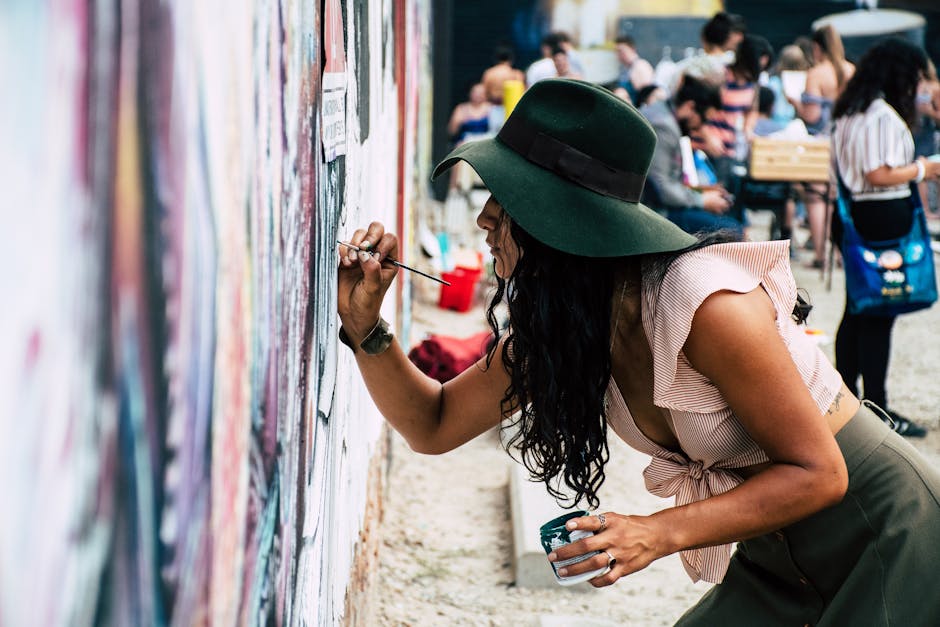 The Creativity and Influence of Painters Via History
The Creativity and Influence of Painters Via History
Painting is among the oldest forms of imaginative expression, with its origins deeply ingrained in human world. From old cave paintings to contemporary abstract art, the development of this craft mirrors not only imaginative techniques and styles yet likewise the cultural and social shifts over time. Painters have played a vital function in translating the world around us, making it possible for audiences to view fact from varied viewpoints. This blog explores the relevance of painters throughout background, their impact on art motions, and the long lasting effect of their job.
Among the most significant aspects of paint is its capability to catch intricate emotions and narratives. The Renaissance period noted a zero hour in paint background, characterized by a resurgence of classic styles and a focus on humanism. Musicians like Leonardo da Vinci and Michelangelo generated jobs that not only showcased technical proficiency but also shared extensive emotional depth. These painters changed the representation of the human figure and contributed to a wider understanding of viewpoint and makeup, affecting plenty of generations of artists.
As art movements proceeded, the introduction of impressionism in the 19th century introduced a cutting edge approach to catching light and movement. Artists such as Claude Monet and Edgar Degas escaped from conventional methods, focusing on daily topics and the effects of light on shade. This change unlocked for contemporary art, where the individual analysis of fact ended up being much more substantial than adherence to developed techniques. The effect of impressionism resonated through subsequent activities, including expressionism and abstract art, showing exactly how painters continue to redefine creative limits.
In the contemporary art scene, painters preserve their importance by challenging standard aesthetics and addressing social issues. Road art and graffiti have risen in appeal, with musicians like Banksy using public spaces to share political messages and foster dialogue. The availability of paint, in addition to the surge of electronic platforms, has encouraged brand-new artists to arise, each with a special voice and viewpoint. This evolution highlights the transformative power of paint as a medium for expression and activism, bridging the gap between art and culture.
In conclusion, the art of paint has not only designed personal and social identifications but has likewise shown the historical context of its time. From the precise information of the Old Masters to the vibrant strokes of contemporary street musicians, painters continue to inspire and provoke thought. Recognizing the trip of painting throughout history allows us to value the varied expressions and advancements that artists yield. As we move on, the tradition of these imaginative individuals will most certainly continue to influence aiming artists and mesmerize audiences around the world.